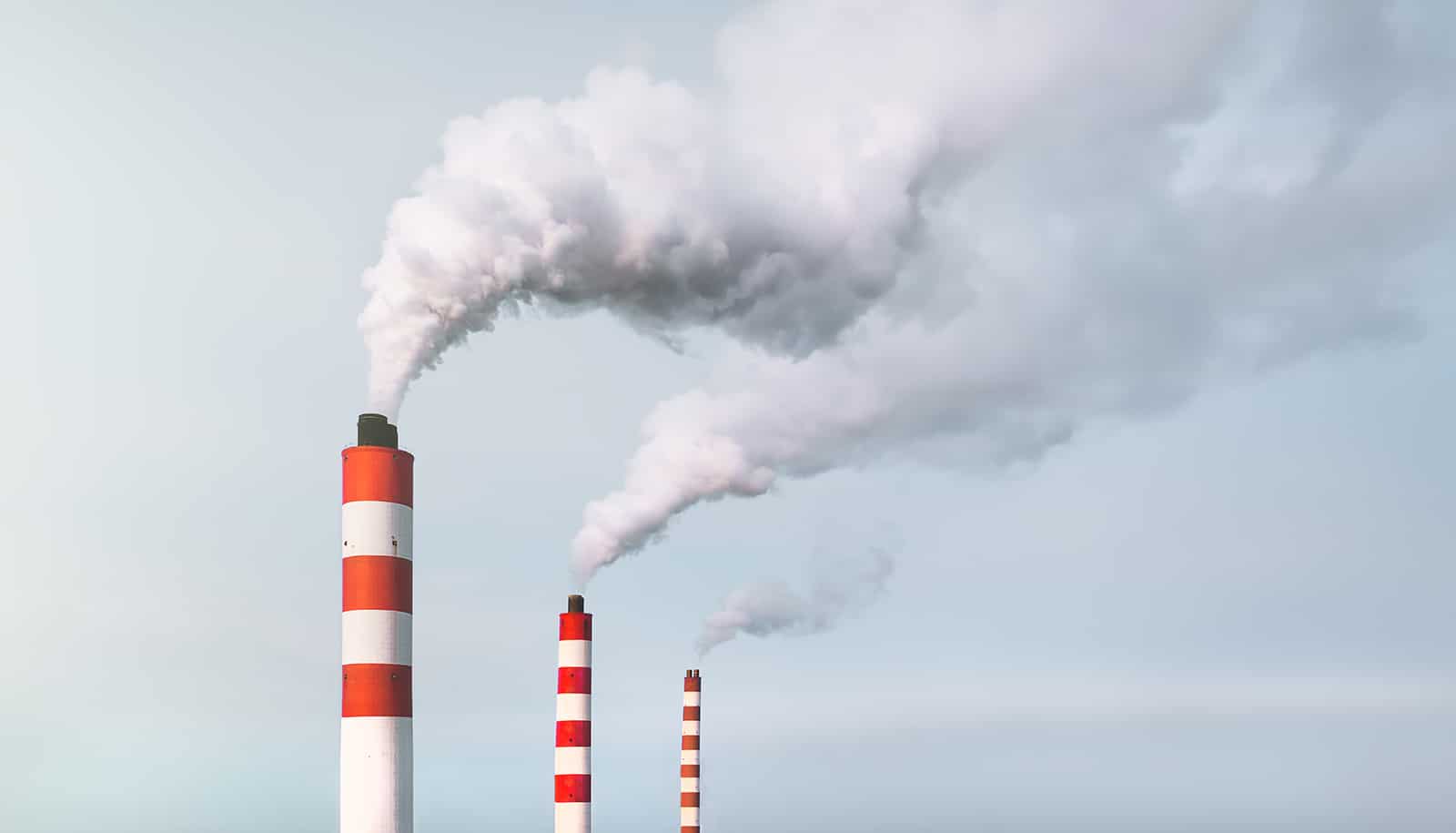Scientists have discovered that the desert’s biocrust plays a previously unknown role in regulating the arid climate.
This “living skin of the desert” goes by different names. You may have seen signs in parks and protected areas advising you not to step on “cryptobiotic soil,” or read about “biocrusts.” Each refers to the same thing: a community of mosses, lichens, and sometimes cyanobacteria in various proportions that is critical to human and ecosystem health and climate in the Southwest and other dryland areas.
“You can make the claim that…even a slight change in albedo might have a much larger impact on the global energy balance than, say, a boreal forest or a temperate forest.”
Biocrusts have many benefits, not only to drylands but also to human health, explains study leader Austin Rutherford, a doctoral student in the University of Arizona’s School of Natural Resources and the Environment.
“They stabilize the soil against erosion, and they reduce the occurrence and impact of dust storms, which are a human health issue, as airborne particles can affect people suffering from asthma and other respiratory problems,” he says. “And now that we are finding that we are losing some of these organisms that make up that soil surface to climate change, we have reason to believe that the loss may have drastic consequences for future climate.”
Arid and semiarid ecosystems are expected to experience significant changes in temperature and precipitation patterns, which may affect soil organisms in ways that cause surfaces to become lighter in color and thus reflect more sunlight, according to the new study, published in the journal Scientific Reports.
This change will bounce more energy back into the atmosphere, which, considering that drylands make up more than 40 percent of the Earth’s land surface, can alter global climate.
“The discovery that climate-change impacts on biocrusts could feedback to future climate is a critical factor that hasn’t been considered in the past,” says Rutherford, who did much of the data collection on this project while working for the US Geological Survey. “This information is an important step in understanding dryland climate, and may be helpful in developing future global climate models.”
Measuring ‘albedo’
Rutherford and his coworkers created outdoor testing plots located on the Colorado Plateau, where large squares of biocrusts were exposed to different warming and precipitation factors over time.
How a very dry desert ‘recycles’ fog and dew
The researchers not only looked at how the biocrusts responded, but also measured the amount of energy that the different biocrust communities reflected back into the atmosphere relative to how much energy came in from the sun. This effect is known as albedo.
The study is the first to quantify the albedo on a small scale in the context of other characteristics such as biocrust cover, soil moisture, and the roughness of the soil cover.
“Unlike previous studies that examine large expansive areas using remote sensing data,” Rutherford explains, “we brought it down to the small scale and studied the finer processes that might be influencing the change in albedo.”
Warming and watering treatments had large impacts on biocrust communities, transforming them from the dark to light-colored communities, and causing energy that previously was absorbed by the dark surfaces to reflect back into the atmosphere. These factors led to large increases in albedo and may represent a previously unidentified effect on future climate by slowing how fast the Earth warms.
Watch your step
The replacement of biocrust mosses and lichens with light-colored cyanobacteria also may result in increased soil erosion, decreased soil fertility, and decreased removal of the greenhouse gas carbon dioxide from the air.
“You can make the claim that because in drylands we have more energy input from the sun and fewer cloudy days, even a slight change in albedo might have a much larger impact on the global energy balance than, say, a boreal forest or a temperate forest,” Rutherford says.
Many human activities can be unintentionally harmful to biological crusts. The biocrusts are no match for the compressional stress caused by footprints of livestock or people or the tracks from vehicles.
“Our study shows that effects of human activity may not only alter soil stability and fertility, but also the way energy is exchanged between the planet and its atmosphere,” Rutherford says.
Source: University of Arizona and the US Geological Survey



